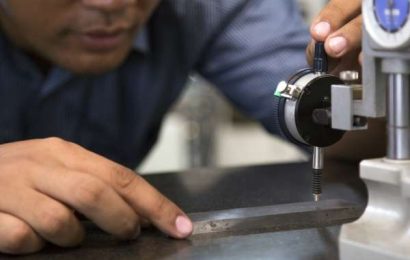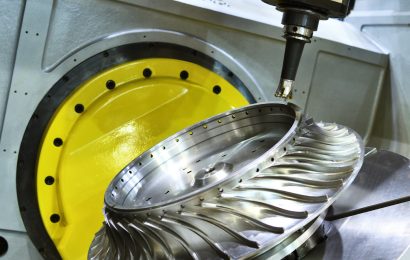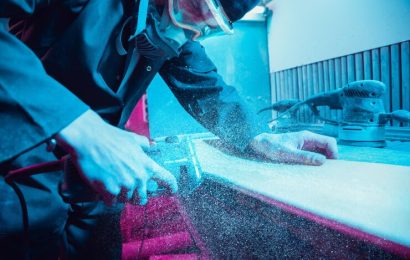In an era where sustainability is at the forefront of industrial advancements, the superfinishing industry is undergoing a remarkable transformation. As manufacturers strive to reduce their environmental footprint, eco-friendly practices in superfinishing are reshaping industry standards, proving that precision and sustainability can go hand in hand.
The Need for Sustainable Superfinishing
Superfinishing is a critical process in achieving ultra-smooth surfaces, improving component performance, and extending product lifespan. Traditionally, this process has relied on significant amounts of abrasives, lubricants, and energy-intensive machinery, raising concerns about environmental impact. However, growing regulatory pressures and corporate sustainability goals have led to innovative approaches that prioritize efficiency while minimizing waste and energy consumption.
Key Eco-Friendly Practices in Superfinishing
1. Water-Based and Biodegradable Lubricants
Conventional superfinishing processes often use petroleum-based lubricants that contribute to environmental pollution. The shift toward water-based and biodegradable lubricants has significantly reduced harmful emissions and improved workplace safety, without compromising the quality of the finish.
2. Abrasive Recycling and Reusability
Abrasive materials, such as aluminum oxide and silicon carbide, can be costly and generate substantial waste. Innovative recycling techniques allow for the recovery and reuse of abrasives, reducing raw material consumption and lowering overall production costs.
3. Energy-Efficient Machinery
Advancements in machine design have led to energy-efficient superfinishing equipment that optimizes power consumption. Automated control systems, variable-speed motors, and regenerative braking technologies contribute to reduced energy use and lower carbon footprints.
4. Dry Superfinishing Techniques
In some applications, dry superfinishing processes eliminate the need for liquid coolants and lubricants altogether. Techniques such as micro-abrasion and vibratory finishing utilize controlled friction and minimal material waste, making them more sustainable alternatives.
5. Reduced Chemical Waste and Safer Disposal Methods
Manufacturers are implementing closed-loop systems to manage waste by filtering and reusing chemicals and water. This reduces hazardous waste disposal and ensures compliance with stringent environmental regulations.
The Future of Sustainable Superfinishing
As industries continue to embrace sustainability, superfinishing practices will evolve further with advancements in material science, automation, and green manufacturing technologies. Companies that prioritize eco-friendly superfinishing not only contribute to environmental conservation but also enhance efficiency, reduce costs, and meet growing consumer demands for sustainable products.
At Precision Surfaces International, Inc. (PSI), we are committed to pioneering sustainable superfinishing solutions that uphold the highest industry standards. By integrating eco-friendly practices into our operations, we are driving the future of precision finishing with sustainability at its core.
Are you ready to adopt sustainable superfinishing practices? Contact PSI today to explore innovative solutions that enhance performance while protecting the environment.





